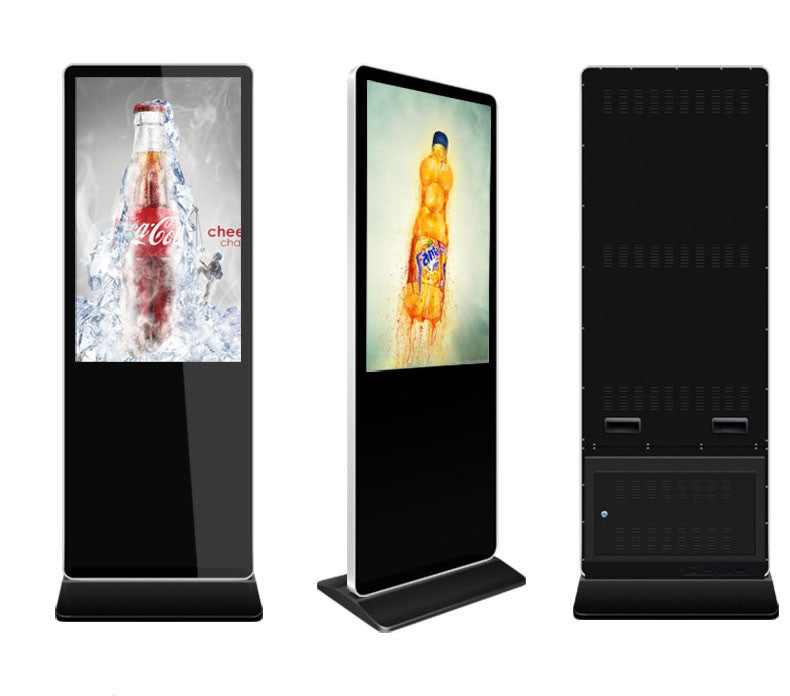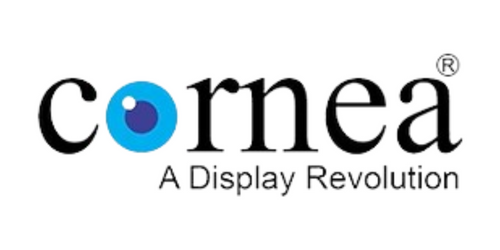Evolution of Digital Signage
Nowadays, Digital Signage has acquired a widespread presence in many sectors. Schools, Colleges, Hospitals, Restaurants, and Malls are some of the places where Digital Signage is being utilized on a massive level. All businesses, big or small are now considering and comprehending the need, benefits, and power of Digital Signage. Lately, Brands have focused less on pushing customers to buy and more on developing relationships with them. Brands have struggled in trying to find the most appropriate approach to connect with their customers. Today it seems that if a business or organization isn’t using digital signage, they are behind the times. While this isn’t necessarily true, what is true is that more and more industries are using technology to share their message with the world.

The journey from traditional print signage to digital signage began in the 1970s when electronic stores linked televisions and VCRs to playback recorded messages and advertisements. As television came into demand and technology began to flourish, hardware like the VCR was born. VCR is the first indication that video could be produced, stored, and played back for promotional reasons. By the1970s, retailers started taking advantage of the 'produce and play information later’ concept. Commercials or advertisements were played in-house to grab the customer’s attention.
There is a funny story about how the term ‘Digital Signage’ was first spelled. Apparently, a security guard didn’t know what the network of video walls he was looking at was called, so he referred to them as digital signage. From there, it is alleged that Neil Longuet-Higgins from SIS Digital coined the term digital signage. Digital signage relies on different pieces of hardware to deliver content. Typically, these mediums are the display screens and the media player. The content that is supposed to be displayed on the signage is created with software.
Statistical overview of how Digital Signage rules the world.
Digital signage displays can increase the average purchase amount by 29.5%. It generates 32.8% more in-store traffic. Digital signage has a 47.7% effectiveness on brand awareness. Signages capture 400% more views than static displays. A study shows that 76% of the consumers enter stores they have never visited because of the signage, of which 68% of the consumers have paid for a product because they were attracted to the product's digital display.
Conclusion
The past two years have been filled with challenges and opportunities. There has been an increase in digital signage utilization. Malls, restaurants, hospitals, and business organizations have adapted a digital way of communicating to avoid human contact and control the spread of the coronavirus. It really amazes me to see how far we have come. It started with magazines, drawings, and newspapers. Today, there’s no place where you cannot see Digital Signage Displays. Digital signage is now integrated with many industries and will continue to rule any sector with its constant technological advancements.
About cornea
Cornea possesses a technological and future-oriented nature, due to which it is flexible to handle crises well. Our systems can be set up and integrated within hours. The system can easily be configured and extended to meet all requirements of future tenders. We provide Digital signages with customized branding to engage your customers at important touch-points. Experience an obstacle-free service and successful deployment of the displays.
To know more about Digital Advertising Displays,
Visit: corneaworld.com
Do you want to purchase Digital Signage now ?
Buy Now
Do you want to purchase Digital Standee now ?
Buy Now
